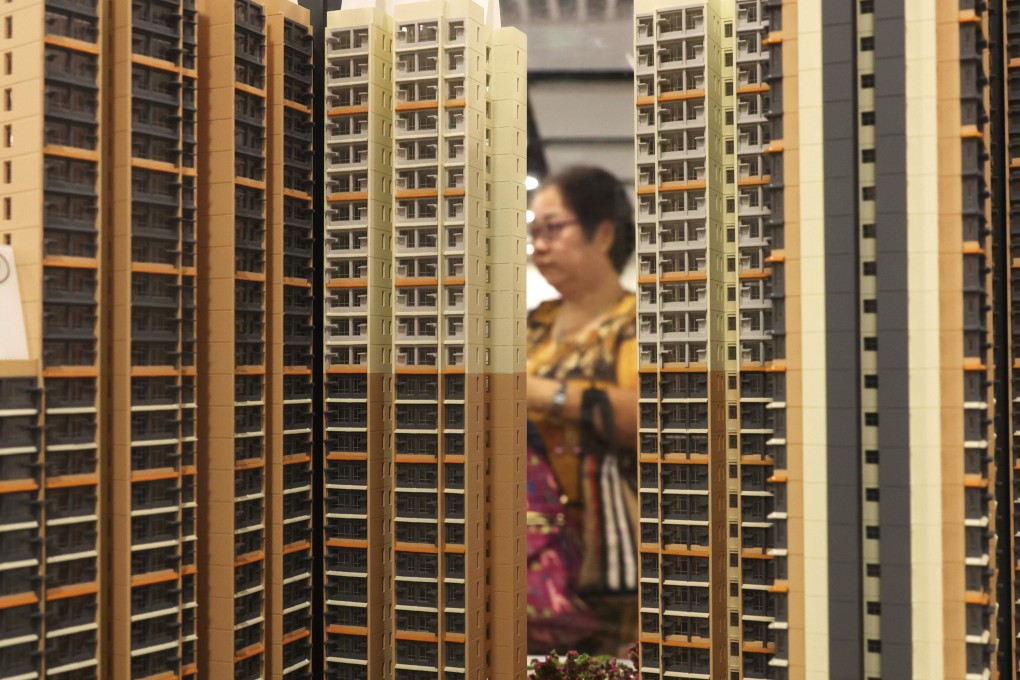Opinion | Why subsidised home sales are sluggish despite overwhelming demand
- The Housing Authority must meet its promise of affordability with a more flexible pricing mechanism to respond quickly to market changes
- Home size is also a key consideration and flats need to be big enough to meet people’s aspirations for a better quality of life

Some put this down to the improved affordability of private homes after the price index fell in March by 23 per cent from the record high in September 2021, causing more buyers to choose private housing. But this risks oversimplifying the situation. While some demand has been channelled to the private market, others are holding back, for various reasons.
Potential buyers of subsidised housing units can be split into three groups. The “upper middle class”, earning just below the income ceiling, is most likely to switch to the private market as prices fall.
Then there is “core middle class”, earning close to the median household income, who can hardly afford to buy in the private market even at the current lower prices. Amid market uncertainty, they are likely to wait and see, especially since a subsidised home is a once-in-a-lifetime opportunity.

But despite their aspirations, most newly completed subsidised homes remain too small to offer a genuine upgrade.

